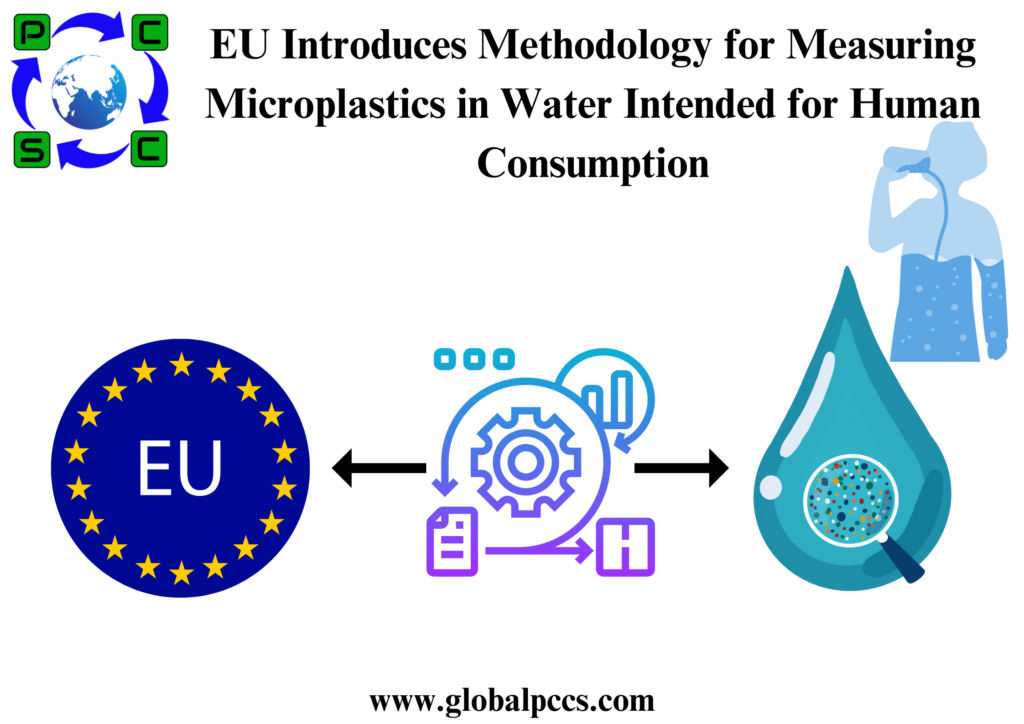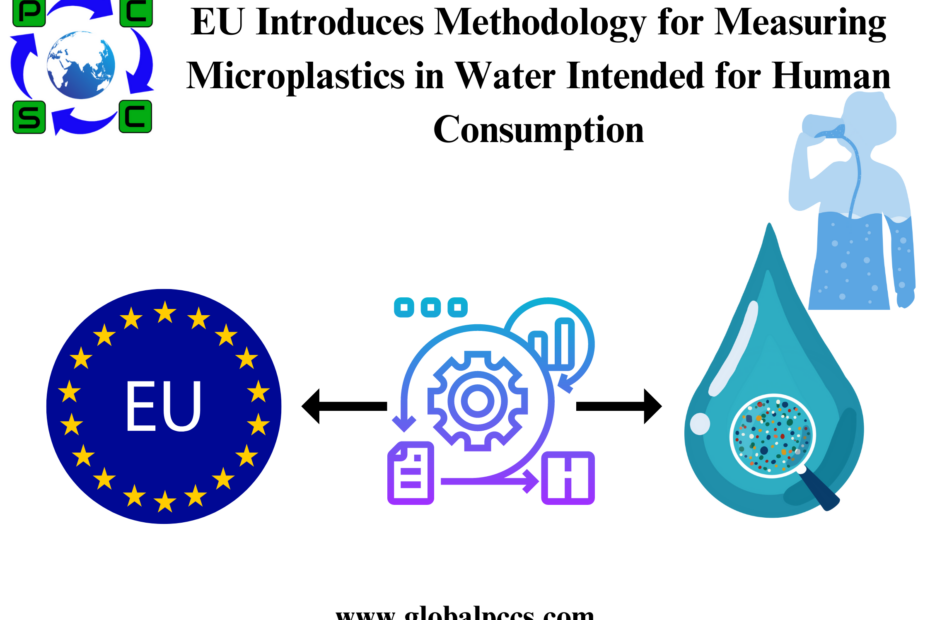 In May, 2024, the European Union (EU) issued Commission Delegated Decision (EU) 2024/14411, introducing a methodology to measure microplastics in water intended for human consumption. The move comes as a supplement to Directive (EU) 2020/2184 on the quality of water intended for human consumption2, which empowers the Commission to adopt a methodology to measure microplastics with a view to including them on the watch list referred to in Article 13(8) of that Directive.
In May, 2024, the European Union (EU) issued Commission Delegated Decision (EU) 2024/14411, introducing a methodology to measure microplastics in water intended for human consumption. The move comes as a supplement to Directive (EU) 2020/2184 on the quality of water intended for human consumption2, which empowers the Commission to adopt a methodology to measure microplastics with a view to including them on the watch list referred to in Article 13(8) of that Directive.
Microplastics, known to be present in the environment as well as food and water sources consumed by humans, pose a significant concern. Therefore, monitoring their presence in water intended for human consumption is crucial to safeguard both human health and the environment. Notably, according to Directive (EU) 2020/2184, water intended for human consumption means a) all water intended for drinking, cooking, food preparation or other domestic purposes in both public and private premises; and b) all water used in any food business for the manufacture, processing, preservation or marketing of products or substances intended for human consumption.
Methodology to measure microplastics in water intended for human consumption
Commission Delegated Decision (EU) 2024/1441 emphasizes the need to better understand the occurrence of microplastics throughout the supply chain of water for human consumption. This requires implementing quality-assured methods and standardized reporting criteria to determine the concentration, shape, size, and composition of microplastics. To achieve this goal, the Commission has engaged experts in the field to supplement the information collected from published research and guide the development of the most appropriate method for measuring expected microplastic concentrations in European drinking water.
The decision disclosed that “a filtration cascade should be used to collect particles and fibers from water intended for human consumption. Optical microscopy or chemical mapping imaging is then utilized to determine the size and shape of individual particles, while vibrational microspectroscopy is employed to identify particle composition. The method should be limited to particles ranging in size from 20 μm to 5 mm and fibers ranging in length from 20 μm to 15 mm. The method is applied to determine microplastic concentrations, expressed as the number of microplastics per cubic meter of water, and categorizes microplastic concentrations based on predetermined size ranges, shapes, and compositions.”
Users of this methodology shall ensure that all of the following additional information is recorded in relation to each sample collected and measured:
- Total volume of water sampled
- Location and time of sampling and sample analysis
- Sample treatment details
- Spectroscopic method and instrument applied
- Details of any sub-sampling during analysis or sample preparation
- Chemical nature of any plastic component(s) in sampling device or in equipment used during sample preparation
- Any deviation from the methodology including justification.








 Authorised IMDS & CDX Training & Consulting partner for
Authorised IMDS & CDX Training & Consulting partner for






